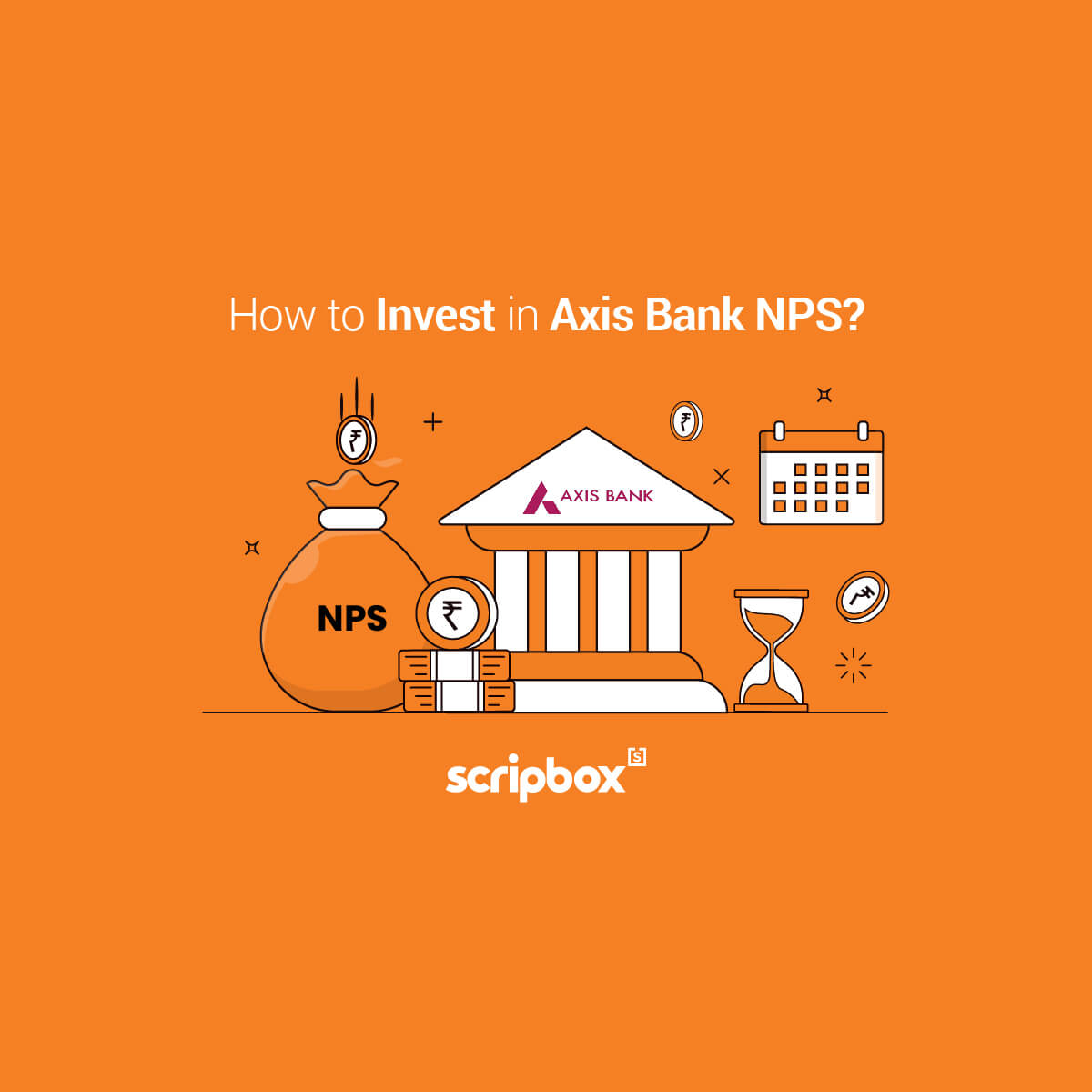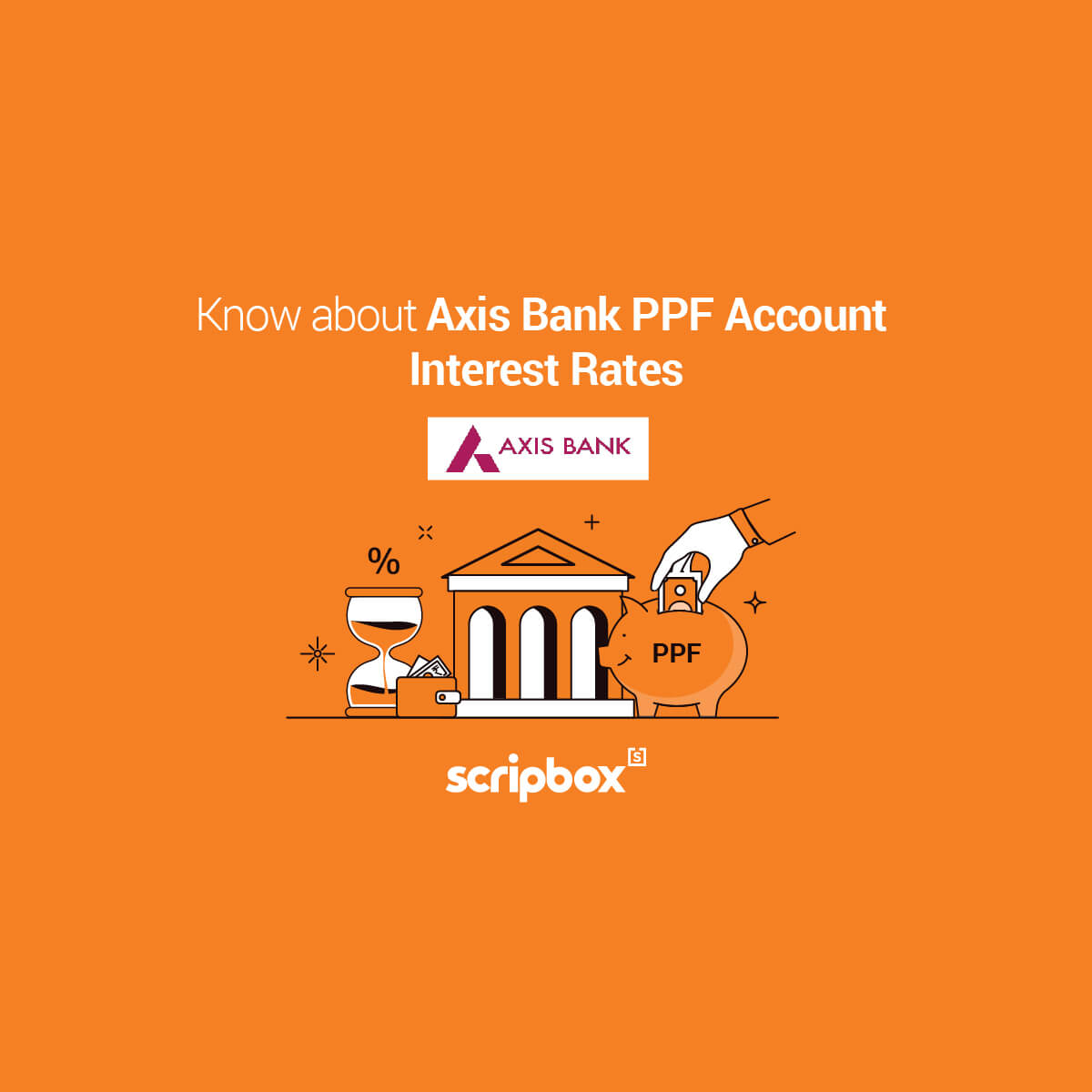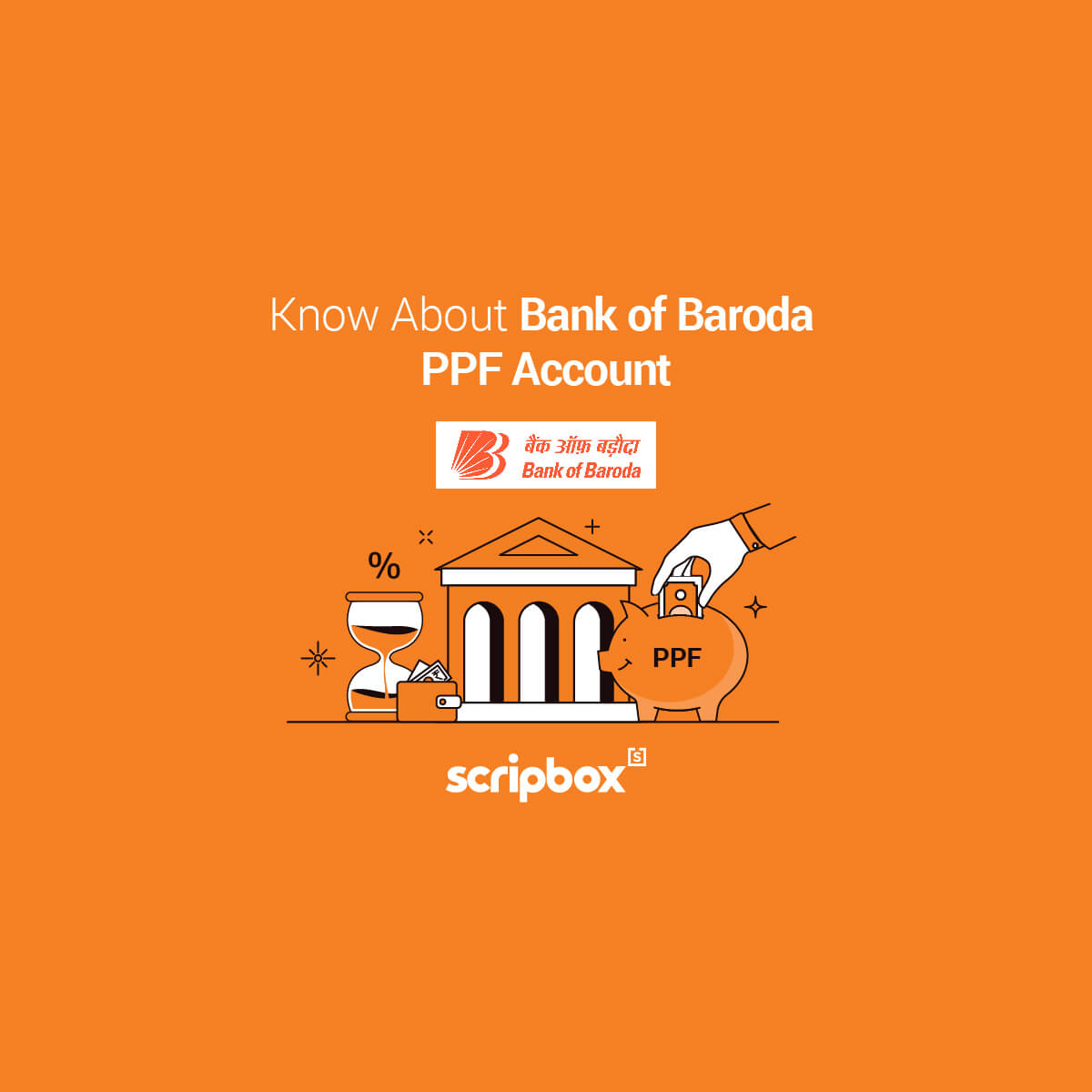Certain public and private sector companies have their own PF trusts to manage employee contributions. These companies manage the contributions instead of sending them to the EPFO. Such companies are known as Exempted PF Trusts.
Exempted PF Trust Contributions
In India, more than 1,000 companies have their own PF trust. For example, Hindustan Unilever (HUL), TCS, Reliance, Wipro, Bharat Heavy Electrical’s (BHEL), etc. The functioning of the exempted or private PF trusts is the same as the EPF. It abides by the same EPF rules, and members are allotted Universal Account Number (UAN).
Similar to EPF, both the employer and the employee contribute 12% of the salary (Basic + Dearness Allowance) towards the Exempted PF Trust. However, 8.33% of the employer’s contribution is made towards the Employee Pension Scheme (EPS). The EPFO manages EPS and not the exempted PF trust.
The administration charge for an EPF member is around 1.1%, while for an exempted PF trust member, the inspection charge is only 0.18%. Over time, this might save costs. Since PF trusts manage the employee contributions, they have to pay the same EPFO interest rate or a higher rate.
Exempted PF Trust Ratings
It is mandatory for Private PF trusts to file monthly returns with the EPFO. These returns are assessed and rated by the EPFO. The EPFO assigns a score to exempted PF based on the following six factors:
- Transfer of Provident Fund in Time
- Investment of Funds in Time
- Remittance of Funds to the Trust
- Interest Declared at or Above the PF Rate
- Settlement of Claims Within 20 Days
- Audit
How to Withdrawal PF from Exempted Trust?
You can withdraw up to 75% of the EPF balance within one month of your unemployment. You can withdraw the remaining 25% of the balance after two months of unemployment. Furthermore, you can withdraw the EPS amount after you reach the age of 58 years. The pension payouts are by EPFO.
Read on: How to withdraw PF
How to Transfer PF from Exempted Trust?
- From an Exempted PF to another Exempted PF Trust: You can easily transfer the existing balance to the new company.
- From an Exempted PF to EPF registered company: You can move the balance to the EPFO.
- To unorganised sector or self-employment: This is technically considered as unemployment. In such a case, you can choose to leave the balance with the employer or withdraw it after two months of unemployment. However, the interest on EPF balance with the old employer will be taxable.
Benefits of Exempted PF
Following are the benefits of Exempted PF:
- Efficiency: Exempted PF members pay only 0.18% as administrative charges rather than 1.1%.
- Returns: Private PF trusts must offer at least the EPF interest rate or more. Therefore, higher interest rates benefit the members.
- Service: Private PF trusts are more responsive and offer a higher degree of service. Therefore, in comparison to the EPFO service, private trust services are faster.
- Taxation: Similar to EPF, exempted PF trust employee contributions up to INR 1,50,0000 are tax exempted under section 80C of the Income Tax Act, 1961. Interest and employer’s contributions are also tax-free. However, if you leave the company before completing five years of service, both the employer contribution and interest are taxable.
How to Check Exempted PF Trust Balance?
Though the private trust generates a UAN for you, you cannot view your EPF passbook online. Furthermore, withdrawal requests in the case of Exempted PF cannot be made online. You can view the details of your contribution in your salary slips. You will have to contact the company HR department for all other details.
Explore: ESI Calculation
Related Articles
- Exempted PF Trust Contributions
- How to Withdrawal PF from Exempted Trust?
- How to Transfer PF from Exempted Trust?
- Benefits of Exempted PF
- How to Check Exempted PF Trust Balance?
- Confused if your portfolio is performing right enough to meet your goals?
- How long have you been investing in mutual funds?
- What is your current portfolio size?
- What is your approximate annual household income?
- Your profile does not qualify for a call with a Financial Expert.































Show comments